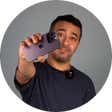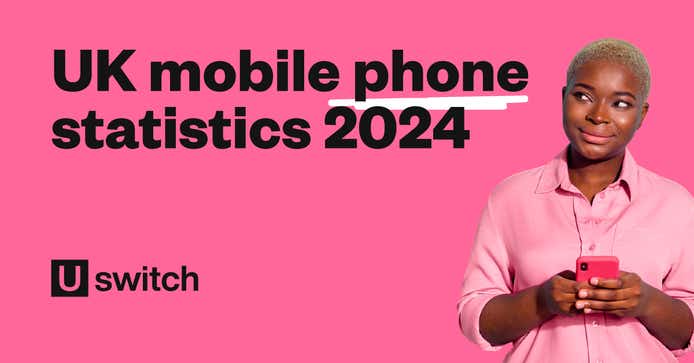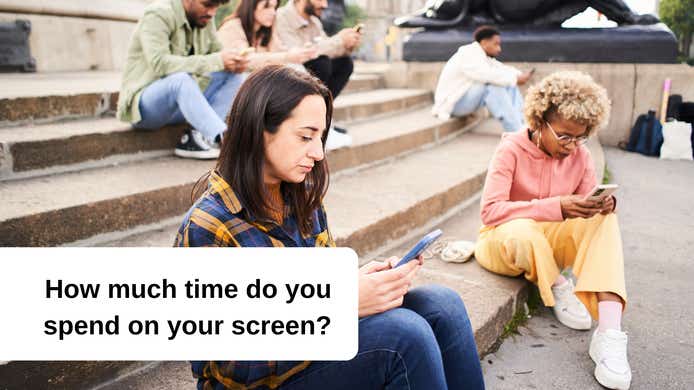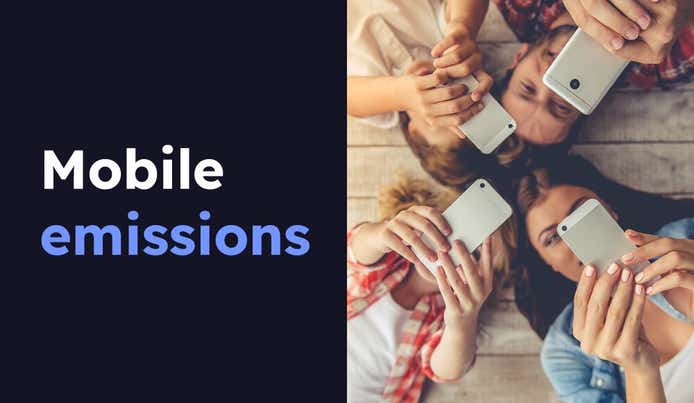Prolonged mobile phone usage can cause several issues, from eye strain and headaches to sleep disturbances and hand strains (text claw).
For example, if you suffer from eye strain, you may want to opt for a handset with a larger, higher-resolution display to make it easier to read. Or if you suffer from hand strains (text claw), you may need a more ergonomic design, with features such as rounded edges or a textured back cover.
Alternatively, if you want to spend less time on your phone, you could consider switching to a basic model, with fewer features to distract you. If you buy a cheaper model outright, you could save even more money by switching to a SIM only deal to use with your phone.
To highlight the most common mobile phone usage injuries we've surveyed 2,000 mobile phone users across the UK.
The most common mobile phone injuries
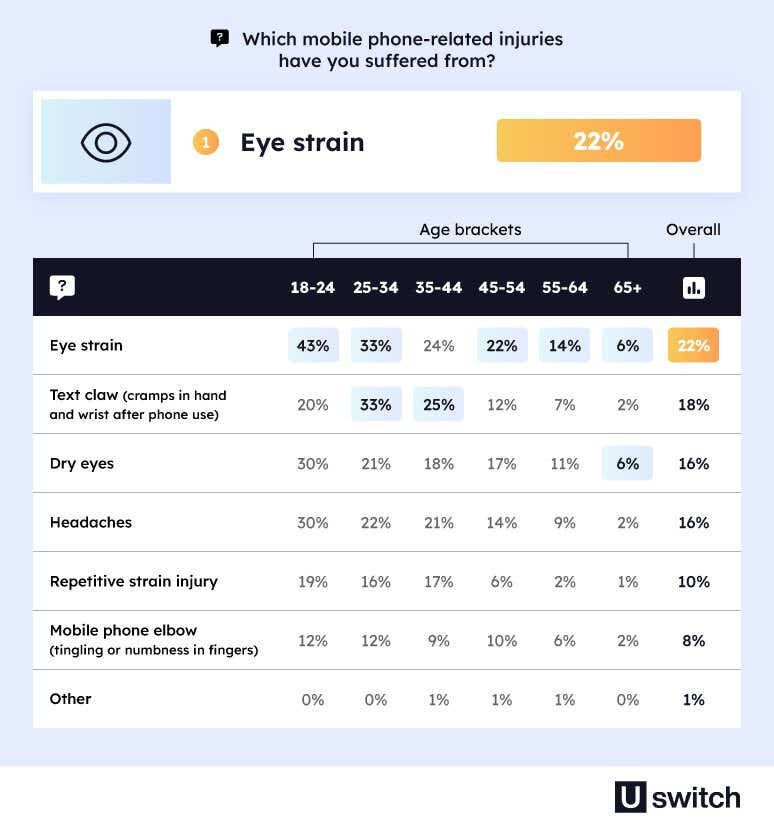
Over half of the respondents say they have experienced an injury after using their phone.
Eye strain is the most common injury, affecting 22% of respondents, most seen in Belfast (32%) and London (28%). Staring at any type of screen for too long places strain on the eyes and it can also lead to headaches (16%).
The second most common injury is text claw (cramps in the hands and wrist, 18%). This is caused by the repetitive movements involved in holding and using a phone. Text claw is most commonly experienced by those in Northern Ireland and Scotland (27% each).
The least common injuries include mobile phone elbow, also known as cubital tunnel syndrome, (tingling or numbness in fingers, 8%) and other unspecified injuries (1%).
The survey also shows that younger age groups are more likely to suffer from eye strain and text claw, while older age groups are less likely to suffer from these injuries.
To minimize the risk of mobile phone injuries, it's important to use your phone in moderation and with correct ergonomic techniques. For example, holding your phone at eye level to reduce neck strain and taking breaks to stretch and move throughout the day.
The impact of mobile phones on mental health
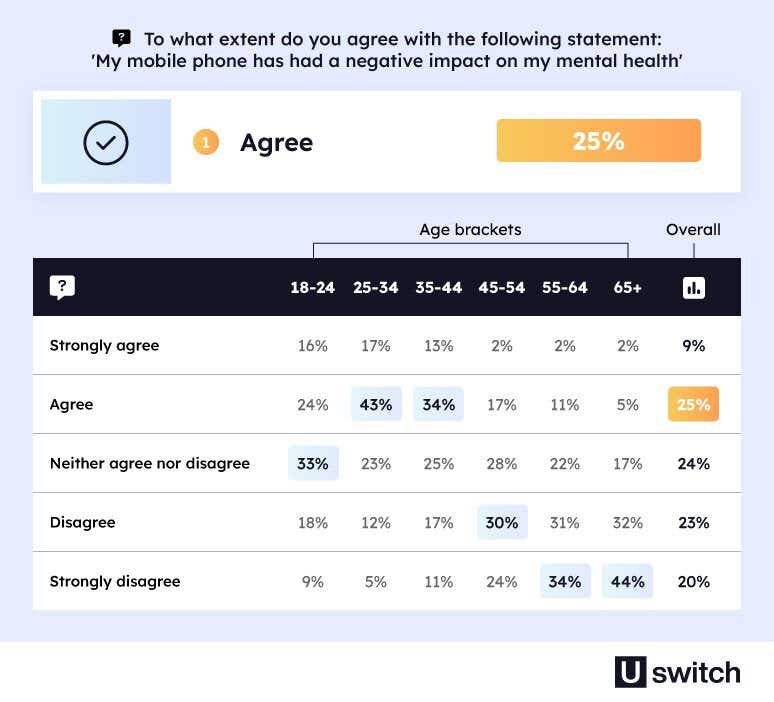
Next, we asked those surveyed how much they agreed with the statement “my mobile phone has had a negative impact on my mental health”.
Of those surveyed, 9% strongly agreed with the statement, while 25% agreed, 24% neither agreed nor disagreed, 23% disagreed and 20% strongly disagreed.
When looking at the results by age, respondents aged 25-34 are more likely to be negatively impacted by mobile phone use, with 17% strongly agreeing and 43% agreeing with the statement.
However, not everyone believes that smartphone use damages their mental health. Those aged 65 and above are less likely to have mobile-related mental health issues, with 32% disagreeing and 44% strongly disagreeing with the statement.
This suggests that those who use their mobile phones the most have their mental health affected more. Younger people are also more likely to be active on social media, which can cause anxiety, depression and low self-esteem when used excessively.
There are some considerable regional differences here too, with over half (51%) of respondents in Northern Ireland either agreeing or strongly agreeing. That’s over half as many in Central England (24%). Outside of Northern Ireland, Glasgow is the city where the most people agreed or disagreed (45%), while those in Norwich are least affected (11%).
How does mobile phone use affect our health?
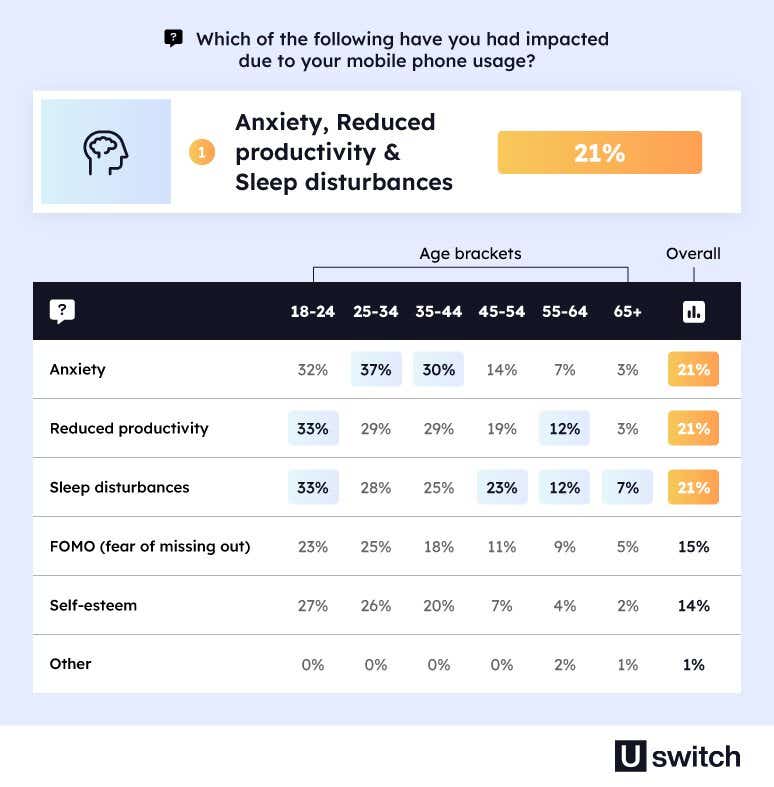
In terms of how excessive screen time can affect us, the most common impacts of smartphone use are anxiety, reduced productivity and sleep disturbances. 21% of respondents said that they experienced each of these.
Of those surveyed, 15% reported feelings of FOMO (fear of missing out), while 14% reported decreased self-esteem. Some of the other injuries and effects that people reported included aches in the neck, jaw and ears and migraines. However, a significant number of people (44%) said that they haven’t experienced any of the above effects.
When comparing ages, 25 to 34-year-olds are most likely to suffer from anxiety from their smartphone use, with 37% saying they did so. These feelings of anxiety and social isolation often stem from a constant feeling of needing to check notifications, caused by excessive phone use.
In addition, the blue light that is emitted by mobile phone screens can disrupt our sleep patterns and negatively impact our sleep quality. Older people are more likely to suffer from disturbed sleep, as well as reduced productivity.
Regionally, Scots are the most likely to experience FOMO (20%), while those in the South West suffer the most from low self-esteem (19%).
How much time do people spend on their mobile phones?
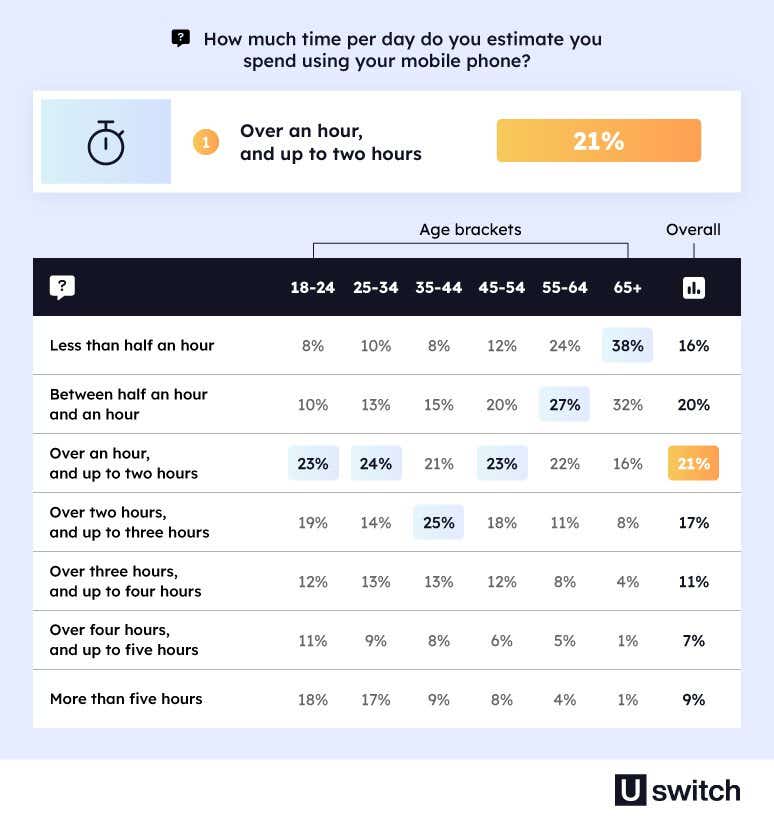
The results show that more than half of respondents (57%) spend less than two hours on their mobile phones. 16% spend less than half an hour, 20% between half an hour and an hour, and 21% over an hour and up to two hours. Meanwhile, almost 1 in 10 respondents reported using their mobile phones for more than five hours a day.
When the data is broken down by age groups, the results show that older respondents (65+) are less likely to use their mobile phones as frequently. Just 14% of people over 65 use their phones for more than two hours each day. However, younger respondents (18-24) are more likely to spend over two hours on their mobile phones, with 59% doing so.
The results also show regional differences, with half of the respondents in Wales spending over two hours on their mobile phones, more than anywhere else. In comparison, the South West of England had the highest percentage of respondents (22%) who spend less than half an hour.
How many miles do we scroll in a year?

So, we’ve seen how much time people are spending on their phones, but how does all of that doom-scrolling look in terms of distance? We’ve crunched the numbers to come up with a rough estimate.
To do this, we used the average scrollable length of a phone display, reading speed, number of lines read per day and number of lines on the screen at one time.
Based on these factors, it’s estimated that the average person scrolls around 519 inches on their phones each day.
Looking over an even longer period, that equates to:
303 feet a week - just less than the height of the Statue of Liberty
1,316 feet a month - just more than the height of the Eiffel Tower
Three miles a year - a similar height to the Everest base camps
FAQs
Can mobile phone elbow be cured?
Mobile phone elbow is a feeling of tingling or numbness in the ring and pinky finger, caused by the ulnar nerve becoming pinched.
Also known as cubital tunnel syndrome, elbow pain should go away on its own, although it can be treated with anti-inflammatory medicine too.
Using an ice or heat pack and stretching can also help you to recover from elbow pain quicker, as can wearing a splint or elbow pad.
Can holding your phone cause thumb pain?
If, like most of us, you use your phone for hours each day, you could develop thumb and hand pain.
This type of injury is commonly known as “texting thumb” or “trigger thumb” and is a form of repetitive stress injury.
Your thumb is often the most used appendage when it comes to using a smartphone, so it is most likely to develop pain.
One way to prevent texting thumb when using your phone is to try and use your index finger when typing, or to try using a stylus pen.
Can you get repetitive strain injury from your phone?
Yes, it is possible to get repetitive strain injuries from using your mobile phone. Repetitive strain injuries occur as a result of repetitive motions or prolonged exposure to certain activities.
Using a smartphone for extended periods, especially for activities that involve repetitive actions such as typing or swiping, can lead to repetitive strain injury.
One of the most common is carpal tunnel syndrome, a condition that affects the hand and wrist, and can cause pain, numbness, and tingling in the fingers.
The use of mobile phones has been identified as a potential contributor to the development of carpal tunnel syndrome, especially among people who use their devices frequently. Holding a phone and repeatedly tapping and scrolling with the fingers can put pressure on the wrist and median nerve, potentially leading to carpal tunnel syndrome symptoms.
To prevent these conditions, it is important to take frequent breaks, stretch your hands and fingers, and adjust the way you hold and use your phone to reduce strain.
Methodology and sources
Part 1: We surveyed 2,000 mobile phone owners in the UK on January 6, 2023, via TLF Research.
Part 2: The estimated distances scrolled were calculated using the following methodology.
First, the average diagonal screen size (6.3 inches) was sourced from Omdia’s Display Dynamics.
This was then entered into a screen size calculator (assuming an aspect ratio of 16:9) to calculate the vertical length of a phone (5.5 inches/13.9cm). Assuming that the average scroll only covers half of this length, this leaves a scrollable distance of 2.75 inches/6.95cm).
The average amount of time spent using the internet on smartphones was sourced from Ofcom’s Online Nation 2022 report (Figure 1.6 - UK 2 hours and 55 minutes).
According to MindTools, the average person reads about 250 words per minute. This was multiplied by the 2 hours and 55 minutes the average person uses the internet on their phones, estimating the average person reads 43,750 words a day on their smartphone.
According to “Horizontal Motion. The Elements of Typographic Style”, the ideal character per line is 66, and according to research by Mark Mayzner, the average word length in English is 4.7 characters.
Using these figures, we can estimate that the average line of text contains 14 words. At 43,750 words a day, this would mean the average person reads 3,116 lines a day.
According to Learn UI Design Blog, text for mobile should be at least 16 points. One point of text is 1/72 of an inch, so 16-point text is roughly 0.22 inches tall.
Assuming 1.5x line spacing, this means 0.33 inches per line. Going back to the average vertical length of a phone display (5.5 inches) and dividing this by the 0.33 inches per line, we can estimate there are 16.5 lines on a screen at one time.
Finally, dividing the total lines read (3,116) by the number of lines per screen (16.5) estimates that the full page of text would need to be replaced fully 188.8 times.
Using the earlier estimate that the average scroll only takes up half of the screen (2.75 inches) and multiplying this by 188.8 leaves us with a total distance scrolled of 519.3 inches.
https://www.britannica.com/topic/Statue-of-Liberty https://www.toureiffel.paris/en/the-monument/key-figures www.globaladventurechallenges.com/journal/where-everest-base-camp

